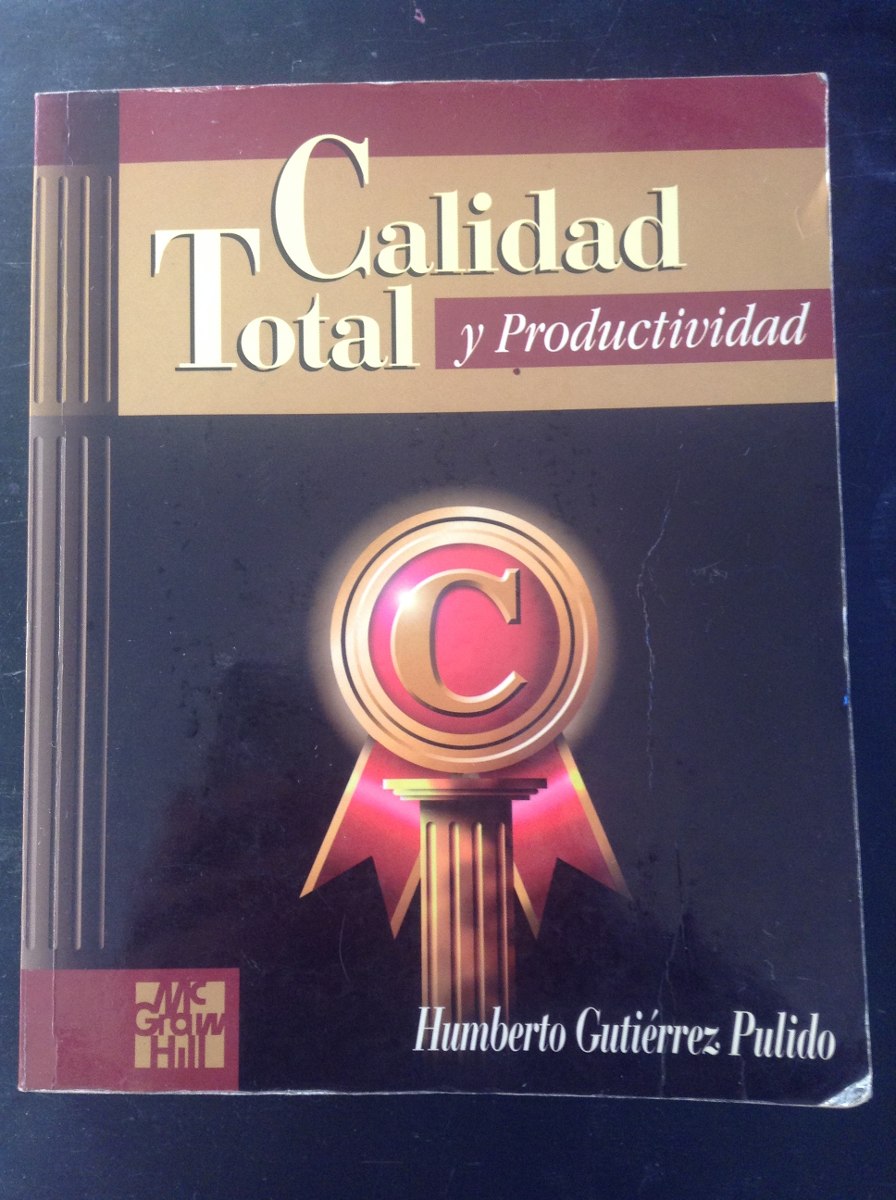

Single-mode fiber: Pulse propagation, Group velocity dispersion, Polarization-mode dispersion (PMD), Optical dispersion compensation techniques.Multimode fiber: Ray analysis, Graded-Index Fibers, Bandwidth, Modal noise.O verview of fiber optic communication systems.PRE-REQUISITES Graduate Standing OSE 6111 , or Consent of Instructor Sivarajan, Morgan Kaufmann, Elsevier, 2010. Thyagarajan, Cambridge University Press, 1998.ģ) Optical Networks, 2 nd Edition, R. Senior, Prentice Hall, 2009.Ģ) An Introduction to Fiber Optics, A.

Agrawal, John Wiley and Sons, 2002.ġ) Optical Fiber Communications: Principles and Practice, 3 rd Edition, John M. Link analysis of digital and analog optical systemsįiber Optic Communication Systems, 3rd Edition, G.Operational characteristics of optical transmitters and receivers.Propagation of signals and their impairments in optical fibers.To this extent, the course will develop tools to understand: In order to analyze and design fiber-optic systems, it is necessary to study the components that constitute it, the principles that underlie their operation, and their functional characteristics from the perspective of a system design engineer. The emphasis will on engineering aspects and the students should be able to comprehend, analyze and design digital and analog fiber-based systems and networks at the end of the course. This course will aim at elucidating the key principles underlying the analysis of optical communication systems based on their fiber- and optoelectronic-based components.


 0 kommentar(er)
0 kommentar(er)
